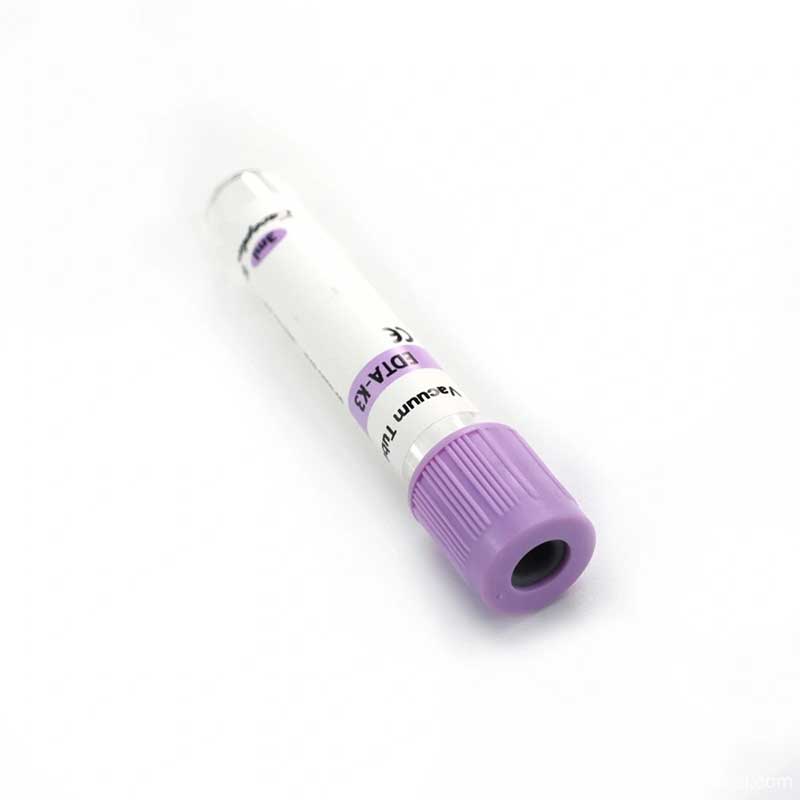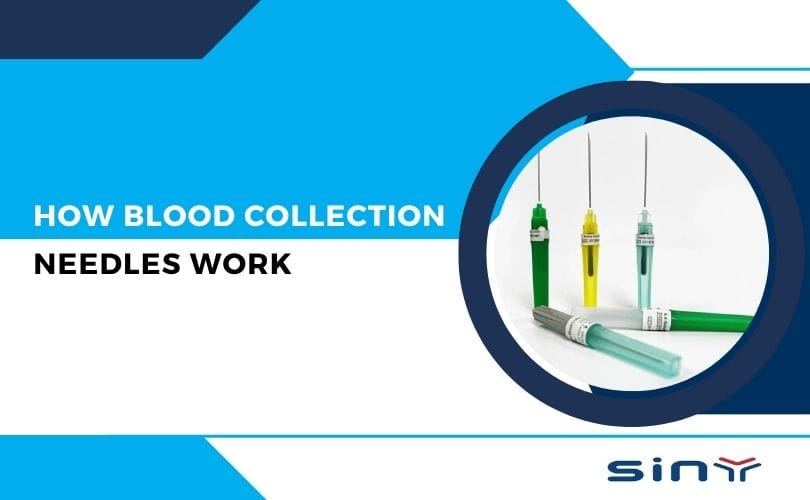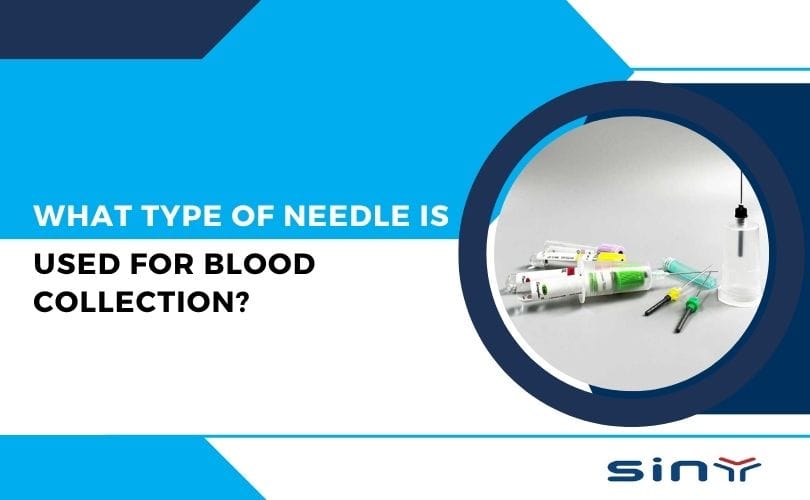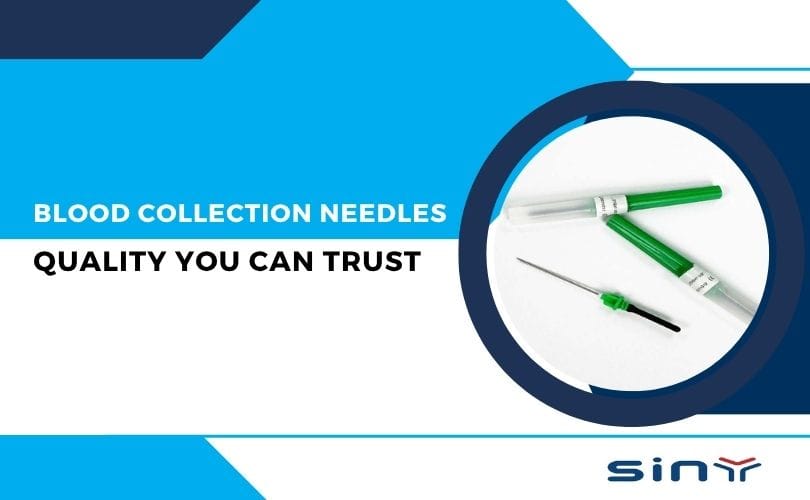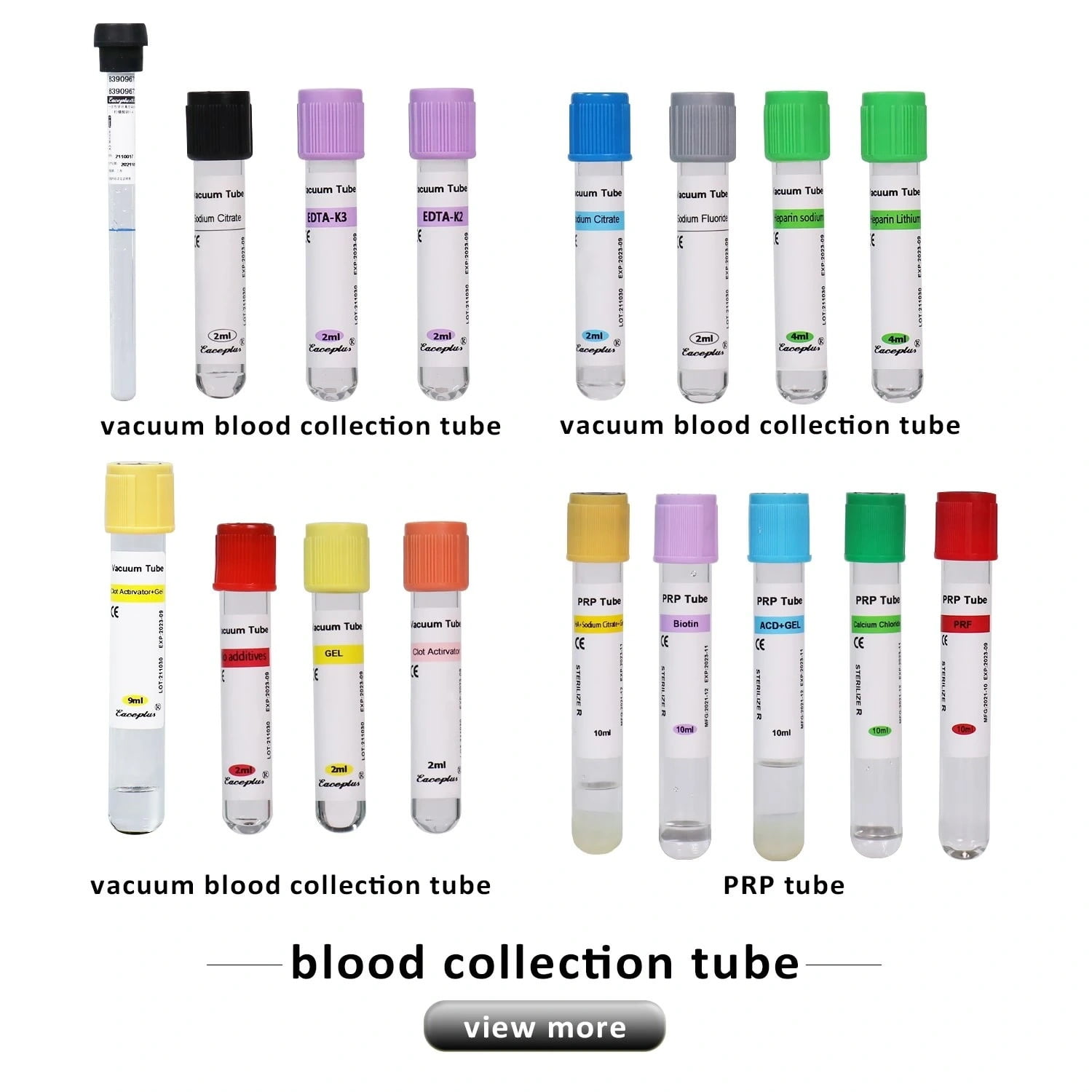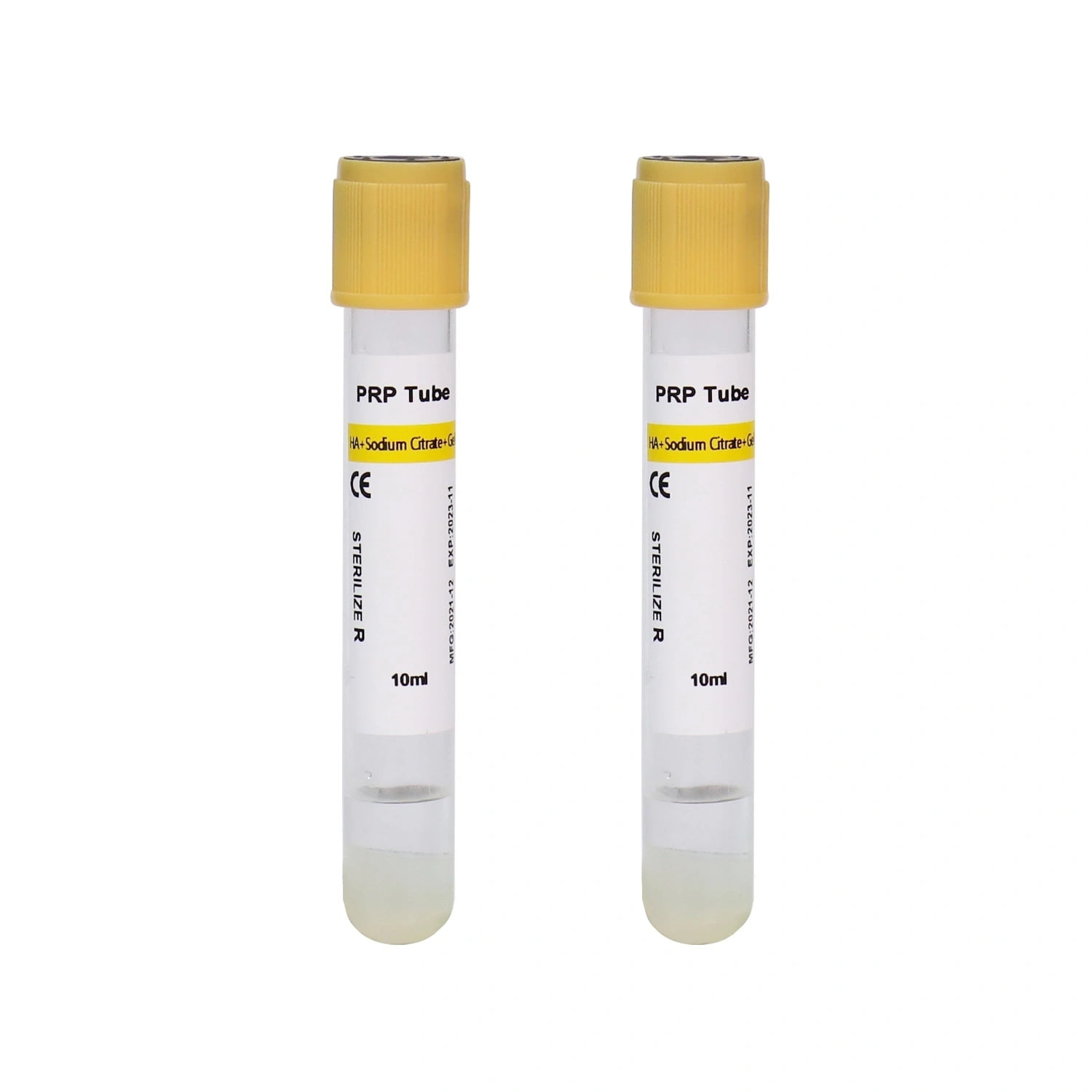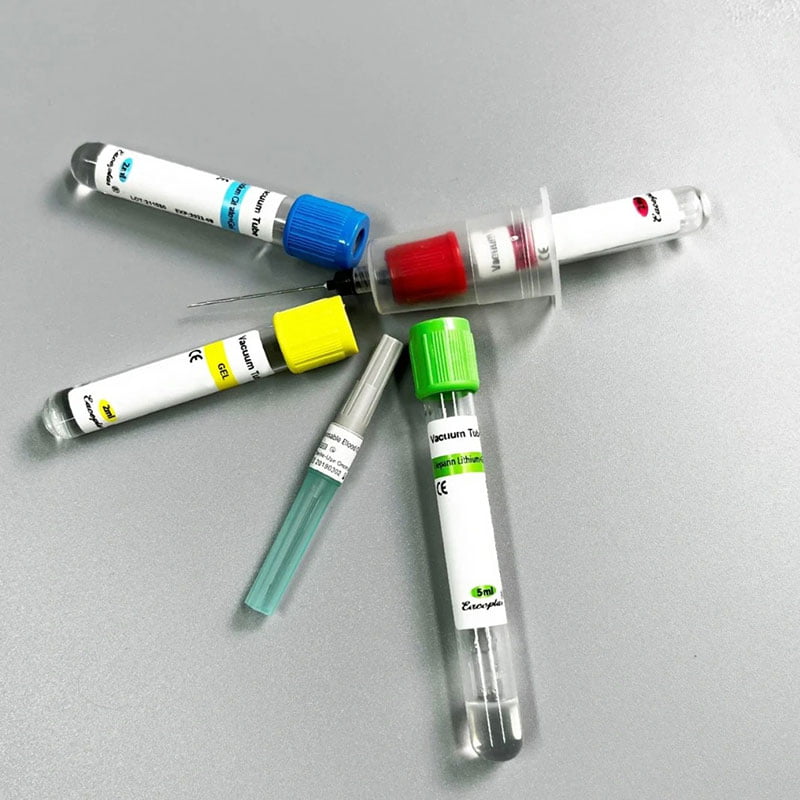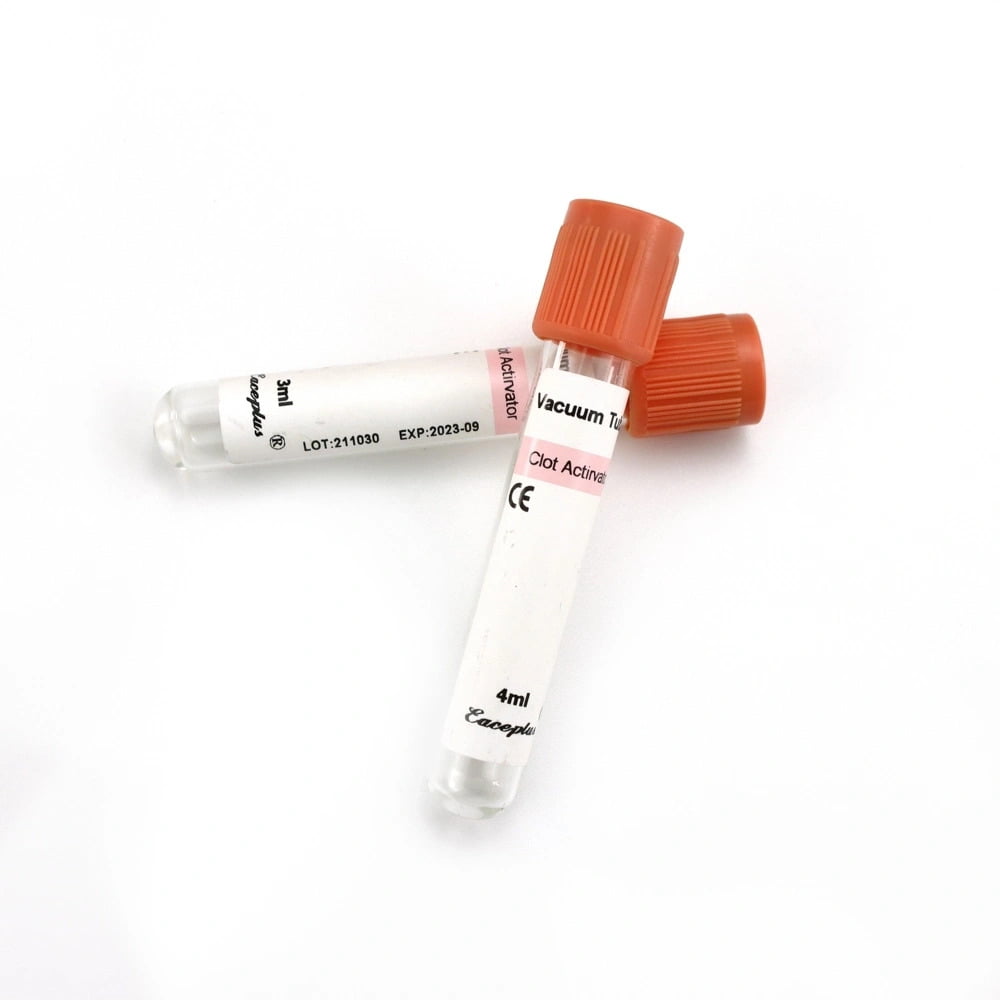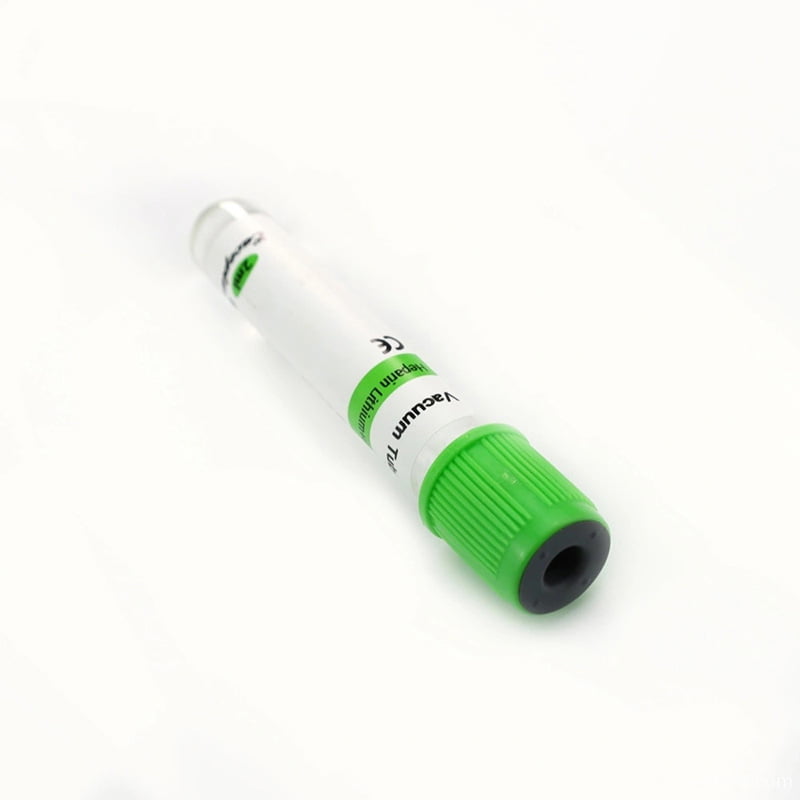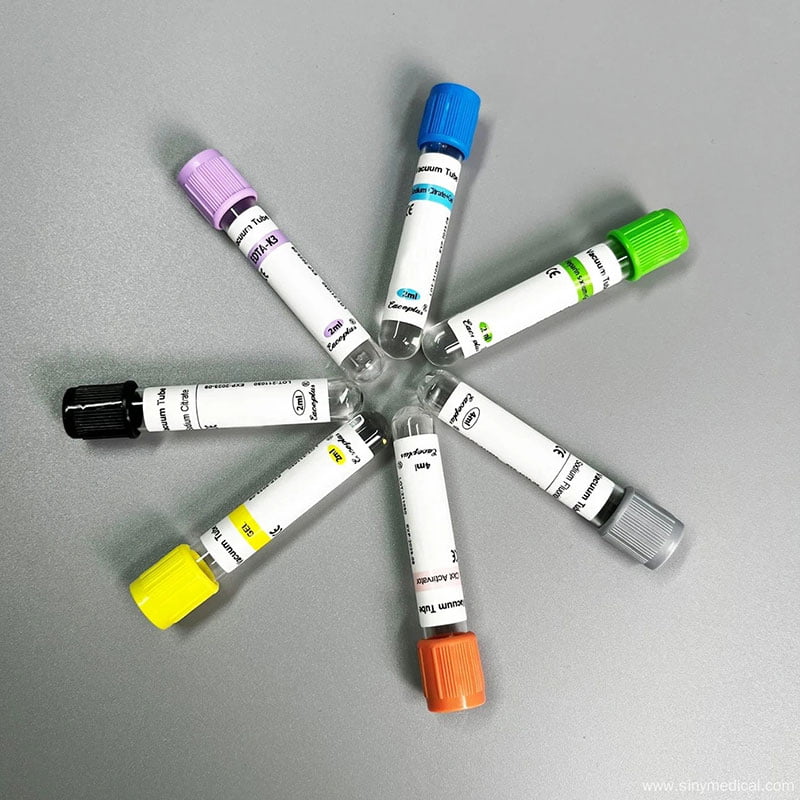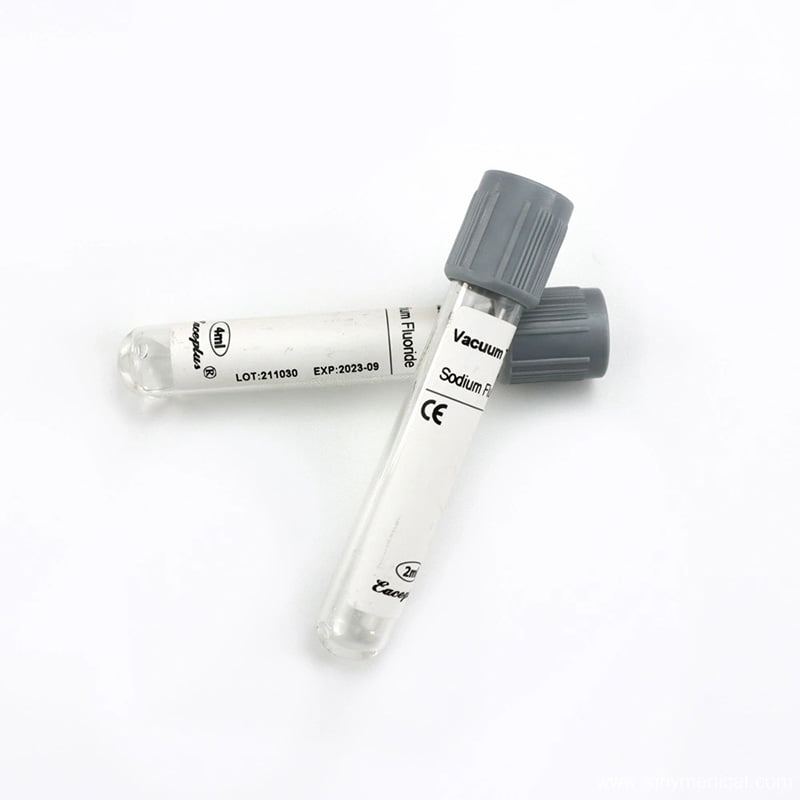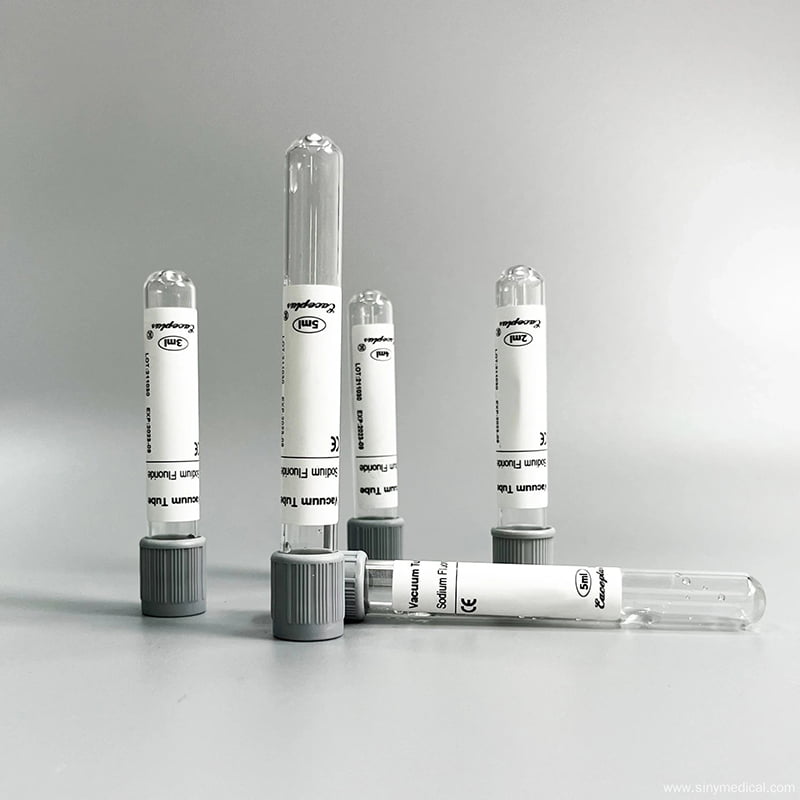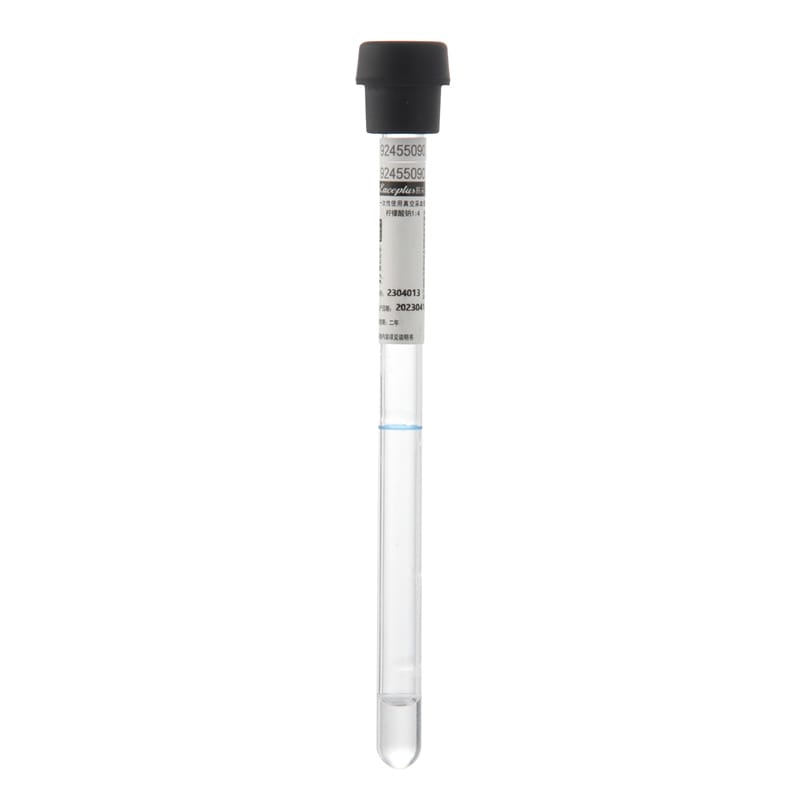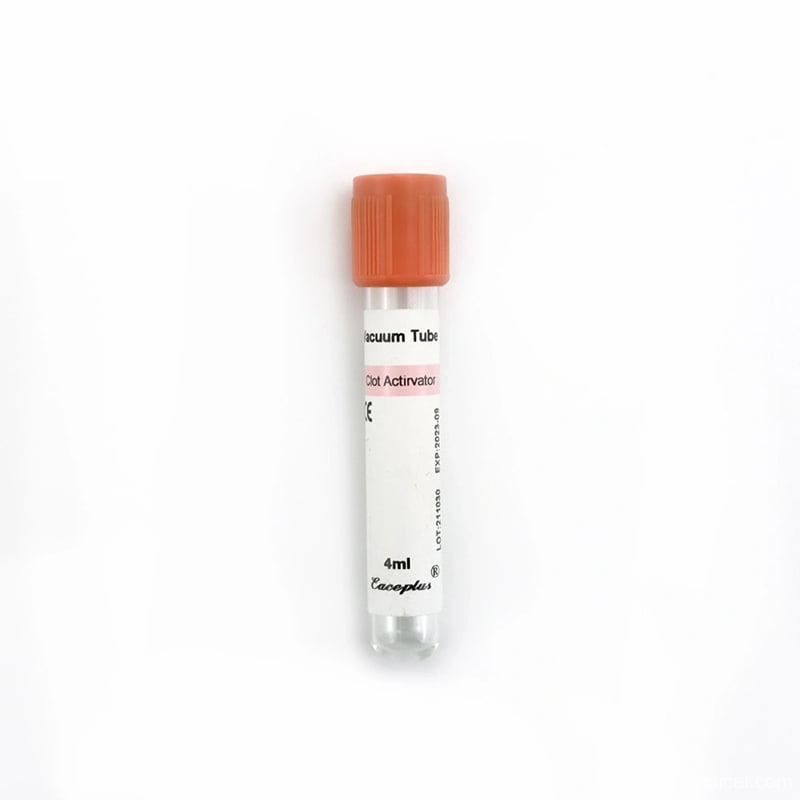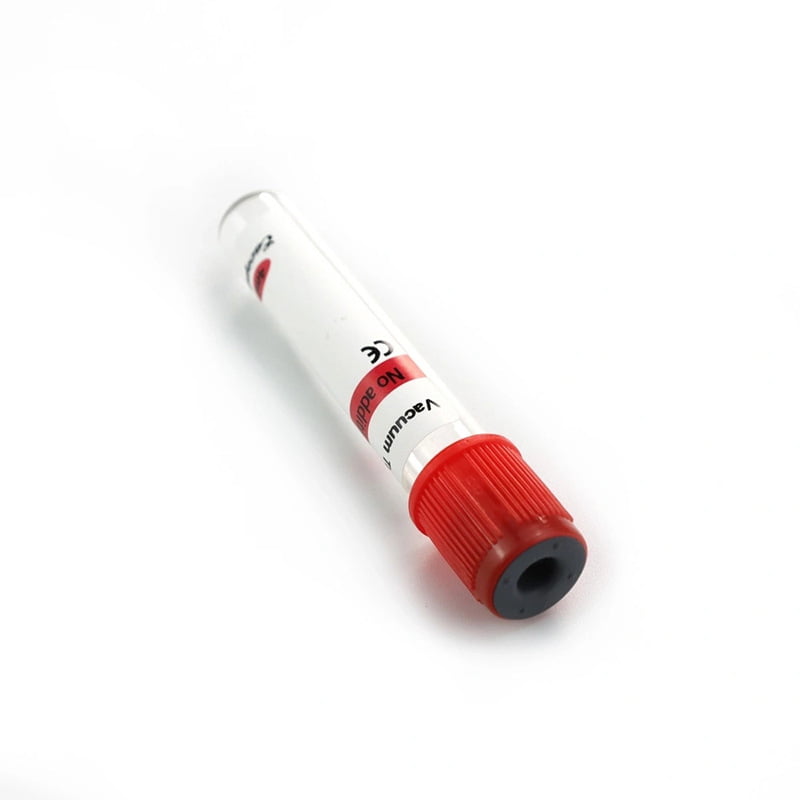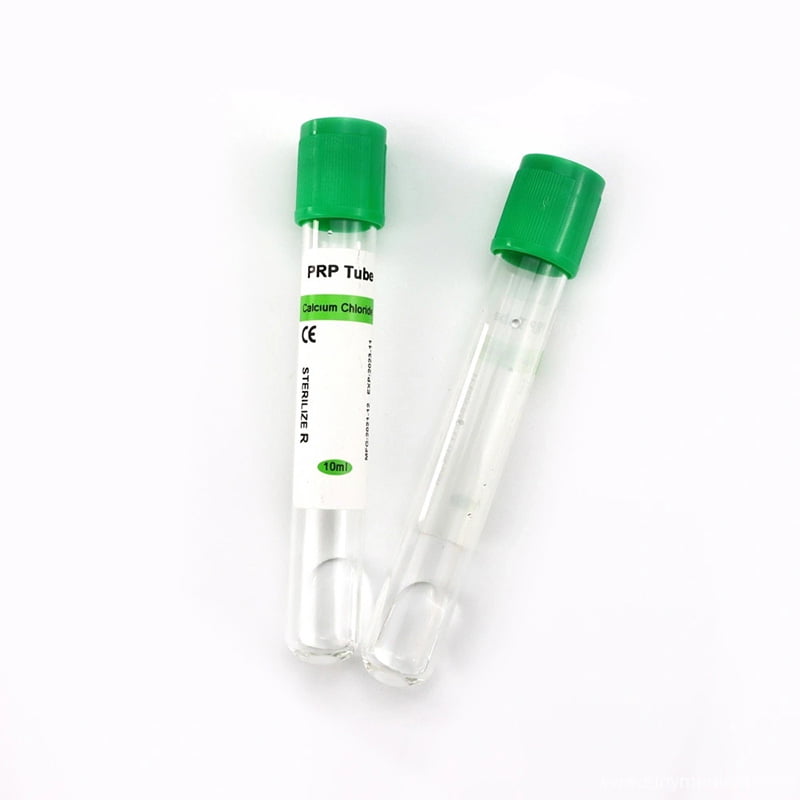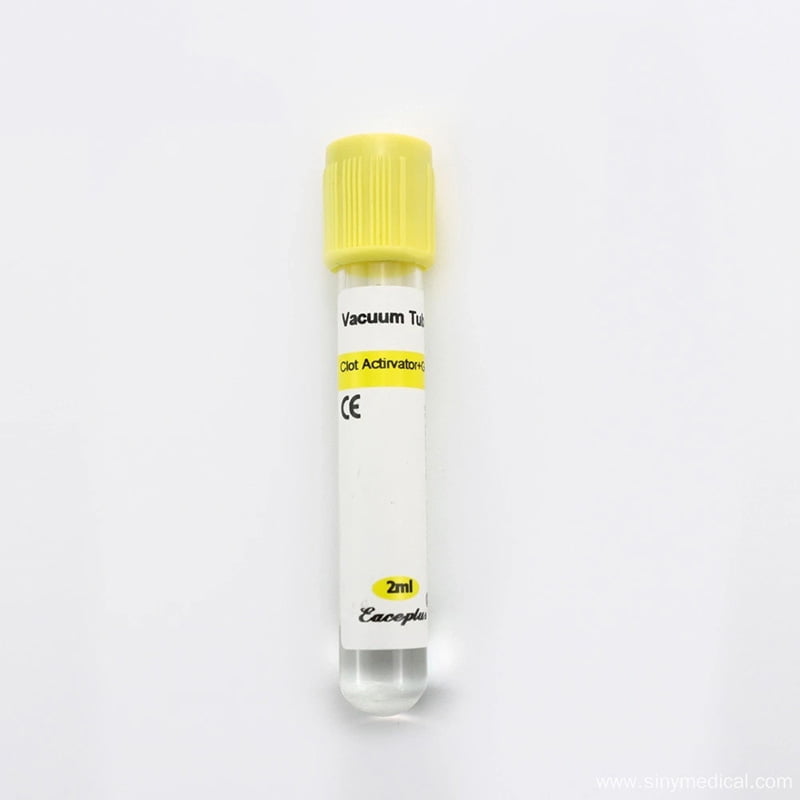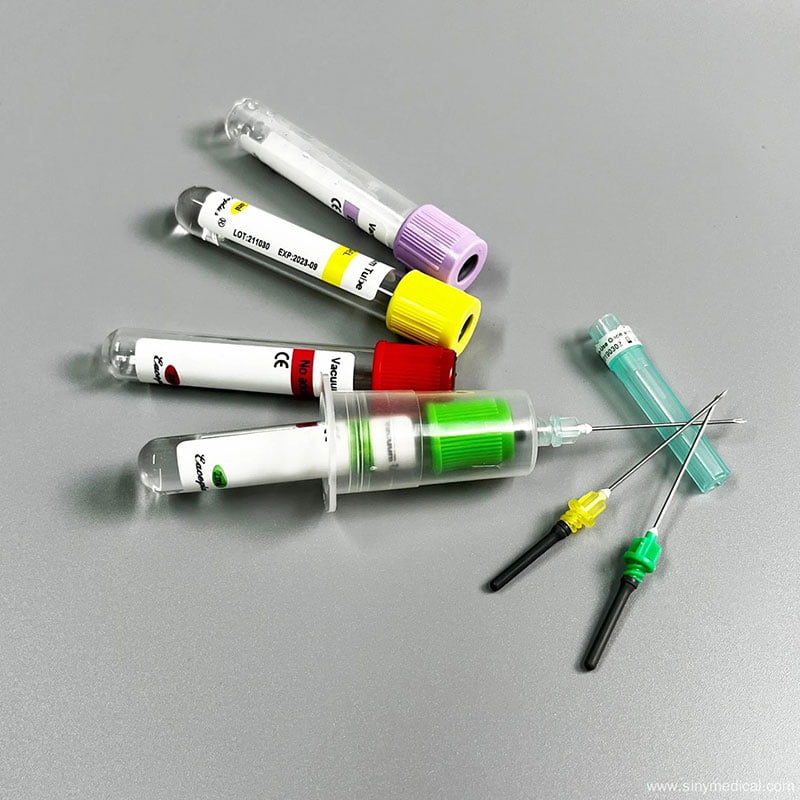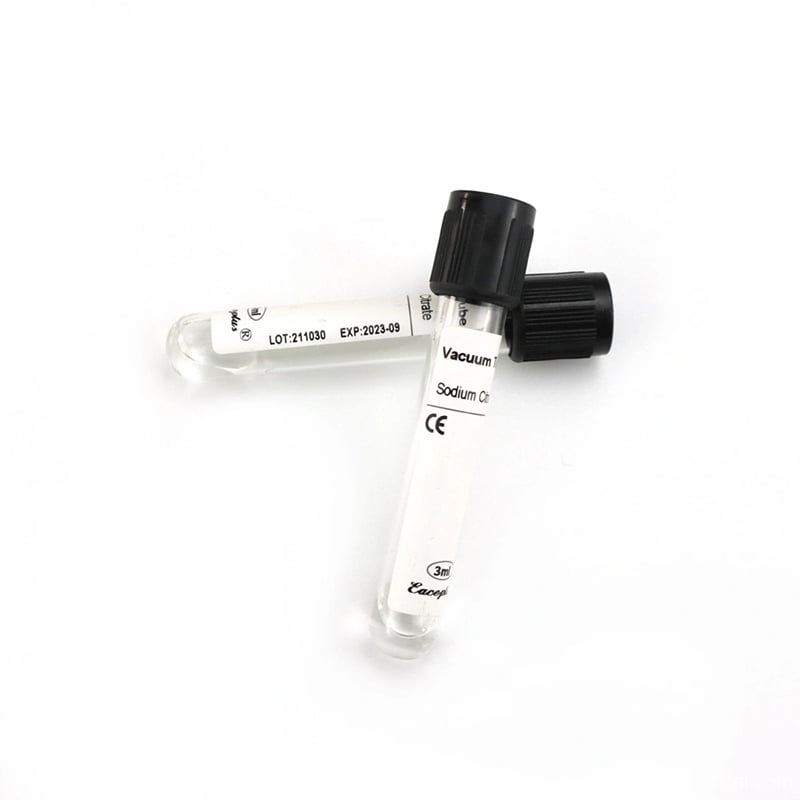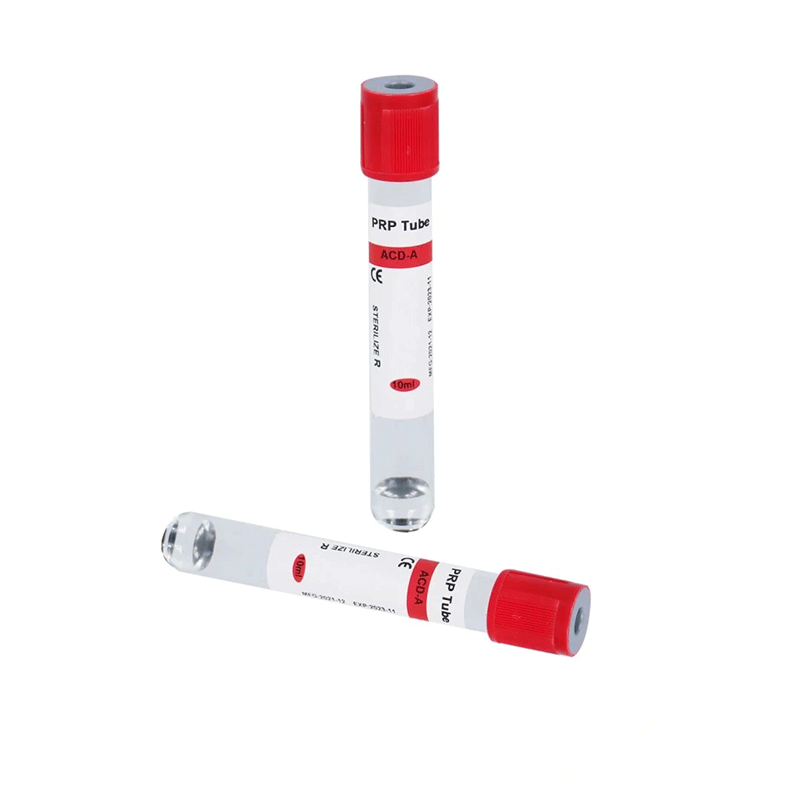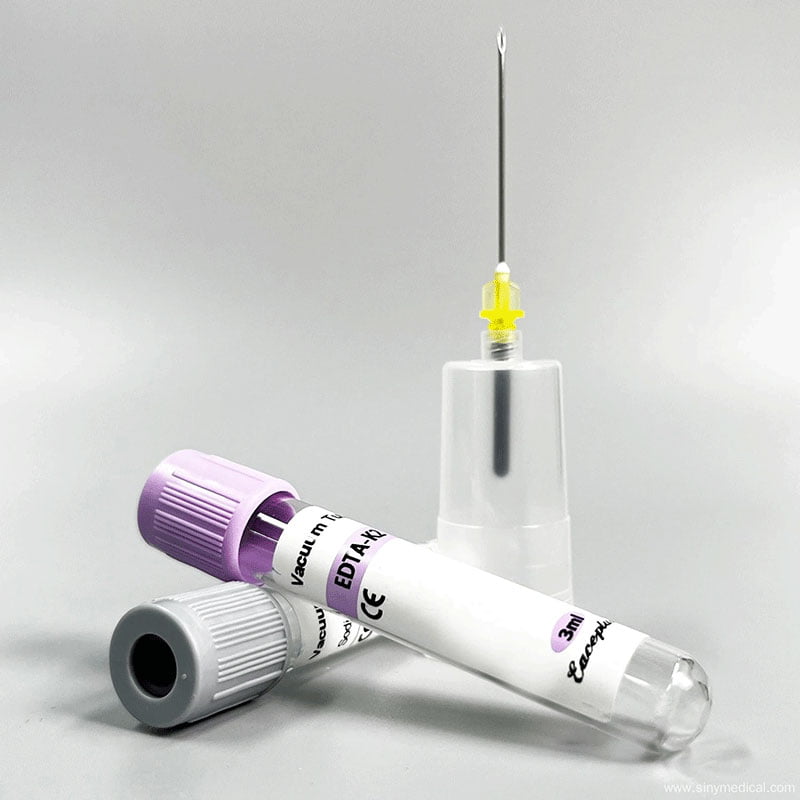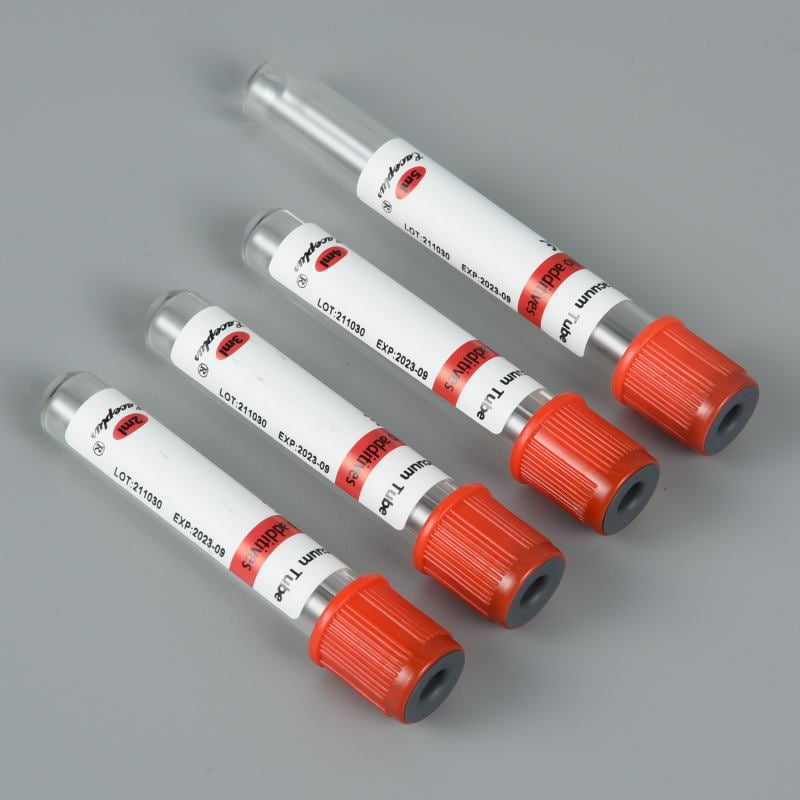Blood collection is a cornerstone of modern healthcare, enabling accurate diagnostics, monitoring, and treatment. At the heart of this process lies the blood collection needle, a vital tool designed for precision, safety, and patient comfort. This blog explores how blood collection needles work, delving into their design, types, mechanisms, and significance in medical settings. Whether you’re a healthcare professional, a medical distributor, or simply curious about phlebotomy, this guide provides an in-depth look at these essential devices. For high-quality blood collection solutions, visit Siny Medical, a trusted manufacturer of medical consumables since 2003.
Table of Contents
- 1 What Are Blood Collection Needles?
- 2 The Basic Anatomy of Blood Collection Needles
- 3 How Blood Collection Needles Work: The Mechanics
- 4 Different Types of Blood Collection Needles
- 5 Gauge Sizes and Their Applications
- 6 Materials Used in Needle Manufacturing
- 7 Why Siny Medical Stands Out in the Industry
- 8 Summary
What Are Blood Collection Needles?
Blood collection needles are specialized medical devices used to puncture a vein and draw blood samples for diagnostic testing, blood donation, or medical research. These needles are engineered to ensure safety, precision, and minimal patient discomfort during venipuncture. They are typically part of a blood collection system that includes a needle, a holder, and a collection tube, such as those offered in Siny Medical’s blood collection needle range.

The primary function of a blood collection needle is to access a vein efficiently while minimizing the risk of complications like hematomas or needlestick injuries. These needles come in various designs, such as pen-type needles and butterfly needles, each tailored to specific patient needs and clinical scenarios. For a detailed selection, explore Siny Medical’s blood collection needle products.
The Basic Anatomy of Blood Collection Needles
To really grasp how blood collection needles work, let’s start with what they’re made of. A standard blood collection needle is made of stainless steel and comprises several key components:
- Beveled Tip: The sharp, angled end that pierces the skin and vein.
- Shaft: The long, cylindrical part of the needle.
- Hub: The plastic or rubber piece that connects the needle to a syringe or blood collection device.
- Protective Cap: Used to keep the needle sterile before use.
- Rubber Sleeve (for double-ended needles): Prevents blood flow before the collection tube is attached.
Each of these parts plays a crucial role in the needle’s function, allowing it to puncture the vein smoothly and maintain a closed system during collection.
How Blood Collection Needles Work: The Mechanics
Understanding how blood collection needles work requires a look at their design and the venipuncture process. These needles are engineered to balance precision, safety, and efficiency. Here’s a step-by-step explanation:
Preparation and Selection
Before venipuncture, healthcare professionals select the appropriate needle based on the patient’s vein size, age, and the type of test required. For example, smaller gauge needles (e.g., 23-25 gauge) are used for pediatric patients, while larger gauges (e.g., 21-22 gauge) are suitable for adults. Siny Medical’s blood collection needles offer a range of sizes to meet diverse needs.
A healthcare professional cleans the puncture site, typically the median cubital vein in the arm, with a 70% alcohol swab for 30 seconds and allows it to dry to prevent contamination. They then apply a tourniquet to make the vein more prominent.
Vein Puncture
The needle is inserted into the vein at a 15-30 degree angle, depending on the needle type. For instance, butterfly needles require a shallower angle due to their shorter length, making them ideal for fragile veins. The sharp, beveled tip ensures smooth penetration, minimizing patient discomfort.
Blood Flow and Collection
Once the needle is in the vein, blood flows into the collection system. In a vacuum blood collection system, the needle connects to a vacuum tube (e.g., Siny Medical’s blood collection tubes). The vacuum inside the tube automatically draws the precise amount of blood needed, eliminating manual suction and reducing errors. For butterfly needles, flexible tubing connects to a vacuum tube or syringe, allowing controlled blood flow.
Withdrawal and Safety Disposal
After you collect the required blood volume, release the tourniquet and gently withdraw the needle. Apply pressure to the puncture site with gauze to prevent bleeding or hematoma formation. Dispose of used needles in a sharps container to prevent needlestick injuries, following the safety protocols outlined by the World Health Organization.
Sample Processing
The healthcare staff store the collected blood in tubes with specific additives (e.g., EDTA, heparin) to preserve sample integrity. Then, they centrifuge or analyze these tubes in a laboratory, depending on the test requirements.
For a visual guide on the process, check out Siny Medical’s YouTube channel for tutorials and demonstrations.
Different Types of Blood Collection Needles
Not all blood collection needs are the same. Different patients and procedures require different types of needles. Let’s break them down:
Straight Needles
Most adults use these standard needles for their blood collections. They’re often part of a multi-sample needle system, ideal for drawing multiple tubes of blood.
More details here: Siny Medical – Blood Collection Needle
Butterfly Needles
Also called winged infusion sets, butterfly needles come with plastic “wings” on either side for better grip and control. They’re ideal for small veins—especially in children, the elderly, or patients with rolling veins.
Check out Butterfly Blood Collection Needles at Siny Medical
Shop them directly: Butterfly Needle Product Category
Pen-Type Blood Collection Needles
These are modern, user-friendly devices with an ergonomic pen-style grip. They minimize accidental needle sticks and improve usability in high-pressure environments by design.
Read more about Pen-Type Needles
Product Lineup: Pen-Type Blood Needle Collection
Gauge Sizes and Their Applications
The gauge size of a needle refers to its diameter, with higher numbers indicating smaller diameters. Choosing the right gauge is crucial for patient comfort and sample quality:
- 18-20 Gauge: Used for blood transfusions or large-volume collections due to faster flow rates.
- 21-22 Gauge: Standard for routine adult venipuncture, balancing speed and comfort.
- 23-25 Gauge: Ideal for pediatric or geriatric patients with smaller veins.
- 26-27 Gauge: Used in butterfly needles for delicate veins or point-of-care testing.
Siny Medical’s blood collection needles are available in various gauges to suit different clinical needs.
Materials Used in Needle Manufacturing
Quality matters when it comes to blood collection. Most needles are made using:
- Medical-grade stainless steel: Durable, sterile, and corrosion-resistant.
- Polypropylene or Polycarbonate Hubs: Lightweight and strong.
- Rubber Components: For sealing and vacuum control.
All needles from Siny Medical meet international medical standards and undergo strict quality control.
Why Siny Medical Stands Out in the Industry
Since its establishment in 2003, Siny Medical has been a trusted manufacturer of medical consumables, including blood collection needles and tubes. Here’s why they stand out:
- High-Quality Materials: Durable stainless steel and latex-free materials make the needles to reduce allergy risks.
- Advanced Manufacturing: Automated production lines ensure precision and consistency.
- Global Standards: Products comply with CE, ISO13485, and ISO9001 certifications.
- Customizable Options: Tailored solutions for distributors, hospitals, and labs.
- Expert Support: A dedicated team assists with product selection and customization.
For bulk orders or inquiries, contact Siny Medical or visit their Made-in-China store.
Summary
Blood collection needles are the backbone of clinical diagnostics, designed with precision to ensure safety, accuracy, and comfort. The integration of advanced materials, innovative safety features, and specialized types like butterfly and pen-type needles represent the highest standards in medical technology. Whether you are a healthcare provider or an informed patient, choosing the right blood collection needle and accessories is crucial.
For the latest products, demonstrations, or inquiries, visit SINY Medical and connect through their comprehensive resources, including their YouTube channel and Made-in-China profile.

